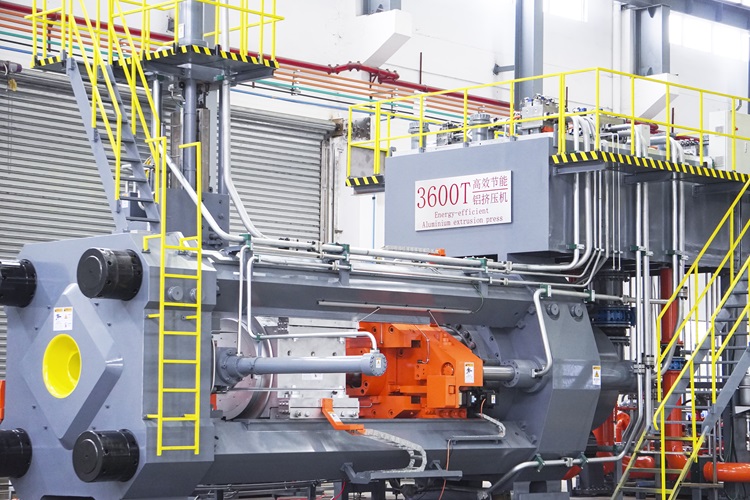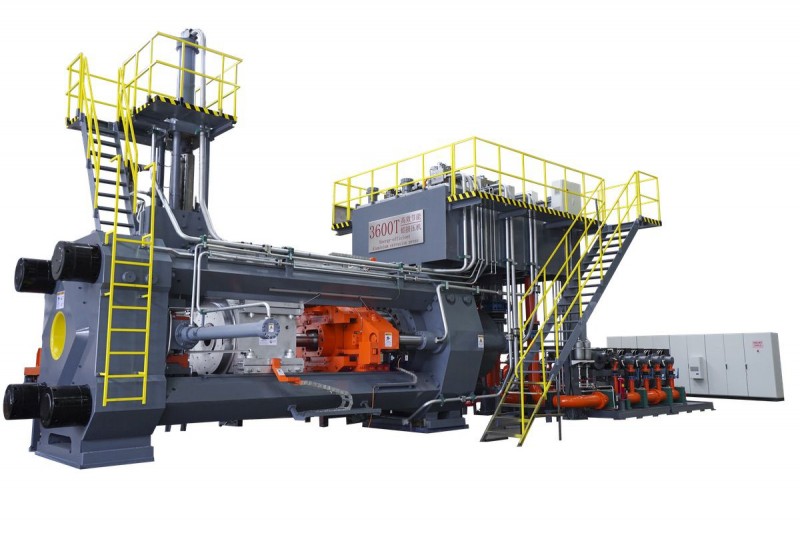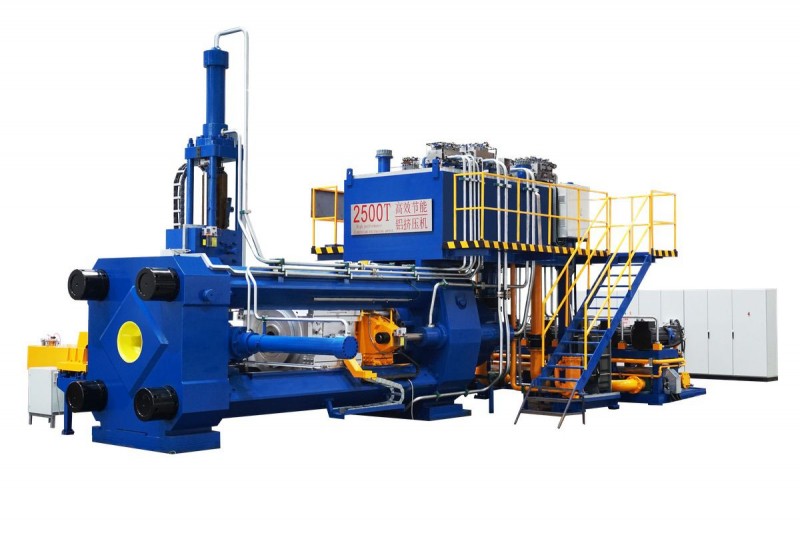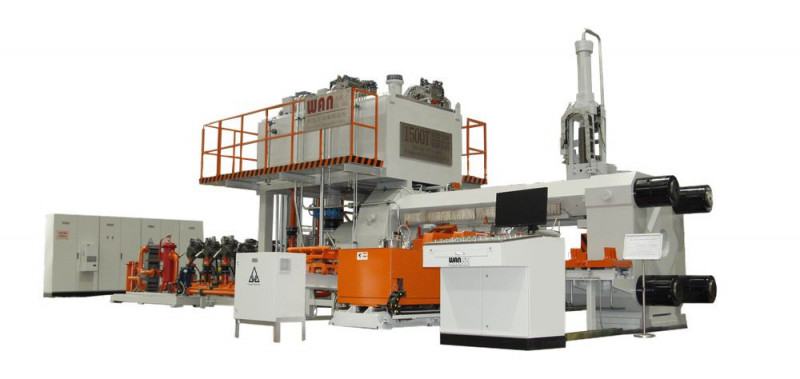Aluminum extrusion is one of the most important industrial processes in the world today, and it is carried out in every modern society you can think of. The process involves heating raw aluminum or suitable alloys of the metal until they become malleable before pushing them through dies whose openings are of certain desired shapes to result in extruded aluminum. Producing this useful product involves an entire chain of inputs, systems, and processes that all take up resources to supply and implement.
As with every system or process, however, every player within the aluminum extrusion industry is constantly seeking new ways to make the process more efficient. Even though the aluminum extrusion process has become more efficient since it was first carried out over a century ago, there are still numerous ways and approaches that producers can adhere to ensure that their products are more efficient.
What this means is finding ways to reduce the amount of time, money, and effort required to achieve the desired results.
In this post, we’ll explore the various ways that aluminum extrusion producers can implement their processes to attain the most efficient results possible and take a closer look at the advantages of working with aluminum extrusions.
Let’s dive right in.

Here’s a look at some of the best ways to achieve optimal aluminum extrusion efficiency.
One of the best ways of improving the efficiency of your aluminum extrusion is to pick out the best type of surface finish possible for it. Like with other metals and materials, the type of finish you apply on aluminum will affect some of its properties, such as its durability, aesthetic appeal, lifespan, and so on. Anodizing aluminum extrusions will significantly improve its corrosion resistance and wear. It will also allow you to dye the final product in different metallic colors.
If you take a look at the list of aluminum alloys available for extrusion, you’ll be left wondering how people decide to pick one over another. Alloys vary from one another depending on their weight, durability, costs, malleability, and other physical factors, which is what makes picking one from the list so difficult. Pick an alloy that not only possesses the physical qualities you like, but which will be easiest to work with. Extrudability refers to an alloy’s extrusion characteristics, which go a long way in determining its production costs, wastage levels, and risk of defects. A good way to improve the qualities of an alloy at the end of the extrusion process includes tempering and heat treatments, which improve its hardness, strength, and durability.
A big factor influencing extrusion efficiency is the manufacturability of the design. There are various approaches that you can incorporate to influence this, including:
• Symmetrical Profiles: The process of extruding aluminum is much easier when dealing with symmetrical profiles than it would be when working with asymmetrical ones because the chances of errors and damage are greatly increased. It is harder to process the more complex designs as many extruders have difficulty properly distributing the mass of the extrusion.
• Uniform Thickness: The ideal thickness of an extrusion should be uniform throughout its entire length without being too thick or too thin. The reason it is more efficient to have a uniform thickness is that the product will cool down at an even rate, thus ensuring that there are no visible structural differences.
• Rounded Corners: Rounded corners are much easier to produce than edged ones because the aluminum will be more evenly distributed in the mold. It is suggested that a radius between 0.5 millimeters and 1 millimeter is ideal, and sharp profiles, in general, are discarded. Irregular edges and corners often become vulnerabilities and waste zones that have to be discarded after the extrusion process.
Computer-Aided Design is one of the best ways you can cut costs and make your aluminum extrusion processes more efficient. Many people hesitate to make the shift to CAD and automated design solutions despite the obvious gains in accuracy that they come with because of the skills required.
It should be noted that while the cost of purchasing this software and training your employees to use it may be prohibitive to some, the benefits will extend well into the future.
Investing in these technologies will put you at the cutting edge of the industry and allow you to market yourself and your products as a modern, cost-effective solution that can be relied on to strictly meet the requirements set out by your clients.
If you’re running an aluminum extrusion line, you should never make the mistake of looking at the amount of scrap aluminum you have at the end of a cycle as an additional revenue source. The fact that you can reuse aluminum scraps again after the first use does not mean that it does not cost you.
Whenever you purchase raw aluminum at 3 dollars a pound, for example, you can expect to bring in a profit of 1 dollar a pound. This means that the real cost of the aluminum is 2 dollars per pound. What this translates to is that when you sell off scrap aluminum at cost, you are essentially losing much more in terms of potential profits. Imagine that you have a scrap rate of 10 percent.
Imagine again that every pound of raw aluminum you buy will bring you a 50 percent profit after going through the extrusion process. Taking these two figures in comparison with one another will uncover the reality that you will essentially be losing approximately 40 percent in potential profits with each pound of scrap metal that you end up with. For this reason, you should do everything you can to avoid scrap and waste.
This might seem like an obvious point to make here, but you’d be surprised at how many people use simple tape measures when measuring out their raw aluminum. Many fabricators have trouble finding employees who are properly trained in accurate measuring methods, leading to losses stemming from rework, miscuts, poor quality, field complaints, incorrect field installation, assembly issues, and so on. Be sure that you use a modern CNC machine and only hire employees with the training needed to operate them.
The success of any extrusion project will ultimately rely on how you prepare your budget and the steps you take to ensure that you receive good value for your investment. This is what makes it imperative that we understand the various factors that influence the final costs of custom aluminum extrusions. These factors include:
• International Shipping Rates
• Local Labor Costs
• The Cost of Raw Aluminum
• Complexity of the Extrusion Dies
There are various reasons why so many industries prefer working with aluminum rather than other metals or alloys. These include:
• Recyclability: If you’re concerned about the environment and are interested in ensuring it is properly conserved and maintained for the distant future (as we all should), then aluminum should be your metal of choice. Aluminum is a highly recyclable metal, meaning that it can be used over and over again for different purposes. This limits waste and reduces the environmental impact of human activities.
• Cost-Effectiveness: Aluminum is a favorite with metal workers and fabricators thanks to its low purchase costs. You will enjoy significantly lower production expenditures, translating to greater profit margins, if you choose to work with aluminum. This fact will become even more apparent where high volumes of aluminum are being processed.
• Durable: While this metal might not be robust as other metals on the market, it is strong enough to serve a plethora of purposes more effectively and for a considerably longer time than materials such as wood, plastic, composites, and so on.
• Light Weight: There are numerous industries and applications where being light in weight is a massive advantage. These include industries such as the aerospace and automotive industries, where weight translates to lower speeds and higher costs.
As with any other metal or product, aluminum extrusions are not perfect. Here are some of the problem areas experienced in certain industries and areas of application:
• Waste and Scrap: As with most production processes, producing aluminum extrusions will generally involve the production of scrap metal or waste. Aside from negatively impacting your production costs, this also harms the environment.
• High Tooling Expenses: When dealing with intricate, complex shapes and profiles, the tooling costs for aluminum can be prohibitively high. This is especially true in the case of low-volume productions where you will not enjoy the economies of scale that mitigate expenses.
• Surface Finish Constraints: There are certain finishes, such as high-gloss finishes, that are difficult to apply and maintain on aluminum products, limiting your range of choices in this regard.
• Strength Limitations: In comparison with other metals available to us, such as steel, aluminum is less capable of enduring high-stress conditions.
The respective advantages and disadvantages of working with aluminum extrusions will largely affect the final user according to their particular purpose, budget, working capacity, skill levels, equipment, and a host of other factors. When we consider aluminum as a whole in comparison with other metals and metal alloys in the market, aluminum comes ahead of its competition by a long stretch.
By taking note of the tips and approaches we’ve covered in this article, you can derive even more value from aluminum, putting you far ahead of your competition.
Whoever you are, whatever you do, and wherever you reside, there’s little chance that you do not interact with aluminum extrusions in your day-to-day life. Such extrusions are used in a nearly endless number of applications and industries, including manufacturing, automobiles (chassis, frames, structural components), medicine (equipment, tools, braces, etc.), consumer products (home appliances, sporting goods, furniture), construction (structural support, curtain walls, door frames, window frames, etc.), transportation (trains, buses, personal vehicles, etc.), electronics (enclosures, heat sinks, connectors, etc.) and much more.
As a metal, aluminum is ideal for this process thanks to its durability, corrosion resistance, aesthetic appeal, electrical conductivity, thermal conductivity, lightness, toughness, versatility, and overall strength.
The best way to ensure that your aluminum extrusion is as efficient and profitable as possible is to work only with the best equipment and raw materials. Wangeshi has decades of experience providing world-class extrusion equipment to clients all over the world. For all your extrusion-machine needs, contact Wangeshi today. You won’t regret it!


